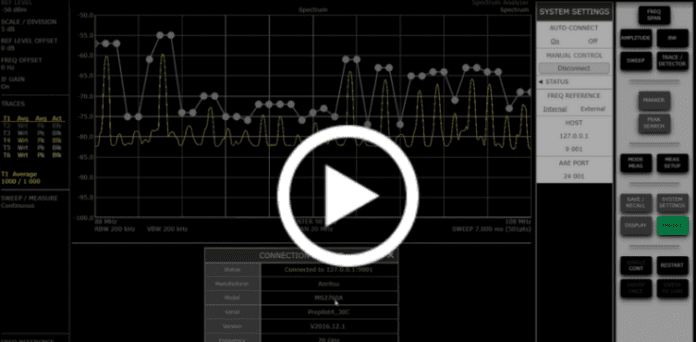Audi will be introducing a vehicle-to-infrastructure (V2I) service dubbed “Traffic Light Information” in the European market in July, the German carmaker said in a release.
Initially, Audi will network new models with the traffic lights in Ingolstadt, Germany, while further European cities will follow from 2020 onwards.
The new service will allow Audi drivers to see in the cockpit what speed is required to reach the next traffic light on green. If that is not possible within the permitted speed limit, there will be a countdown to the next green phase.
In the U.S., Audi customers have already been using this service since late 2016. This service is now available at more than 5,000 intersections in the U.S, in cities including Denver, Houston, Las Vegas, Los Angeles, Portland and Washington D.C. In the latter city alone, about 1,000 intersections are linked to the Traffic Light Information function.
“Stop-and-go traffic in cities is annoying. By contrast, we are pleased when we have a “green wave” – but we catch them far too seldom, unfortunately. With the Traffic Light Information function, drivers are more in control. They drive more efficiently and are more relaxed because they know 250 meters ahead of a traffic light whether they will catch it on green,” said Andre Hainzlmaier, head of Development of Apps, Connected Services and Smart City at Audi. “In the future, anonymized data from our cars can help to switch traffic lights in cities to better phases and to optimize the traffic flow.”
Both Time-to-Green and “Green Light Optimized Speed Advisory” (GLOSA) functions will be activated for the start of operation in Ingolstadt in selected Audi models. These include all Audi e-tron models and the A4, A6, A7, A8, Q3, Q7 and Q8 to be produced from mid-July.
“The challenges for the serial introduction of the service are much greater in Europe than, for example, in the U.S, where urban traffic light systems were planned over a large area and uniformly. In Europe, by contrast, the traffic infrastructure has developed more locally and decentrally – with a great variety of traffic technology,” said Hainzlmaier. “How quickly other cities are connected to this technology depends above all on whether data standards and interfaces get established and cities digitalize their traffic lights.”
Audi is working to offer Traffic Light Information in further cities in Germany, Europe, Canada and the U.S. in the coming years.
In the future, Audi customers may be able to benefit from additional functions, for example when “green waves” are incorporated into the ideal route planning. It is also conceivable that Audi e-tron models, when cruising up to a red traffic light, will make increased used of braking energy in order to charge their batteries. Coupled with predictive adaptive cruise control (pACC), the cars could even brake automatically at red lights.
The German carmaker highlighted that V2I technologies like Traffic Light Information will facilitate automated driving. “A city is one of the most complex environments for an autonomous car. Nevertheless, the vehicle has to be able to handle the situation, even in rain and snow. Data exchange with the traffic infrastructure can be highly relevant here,” said Hainzlmaier.

